On-Page SEO
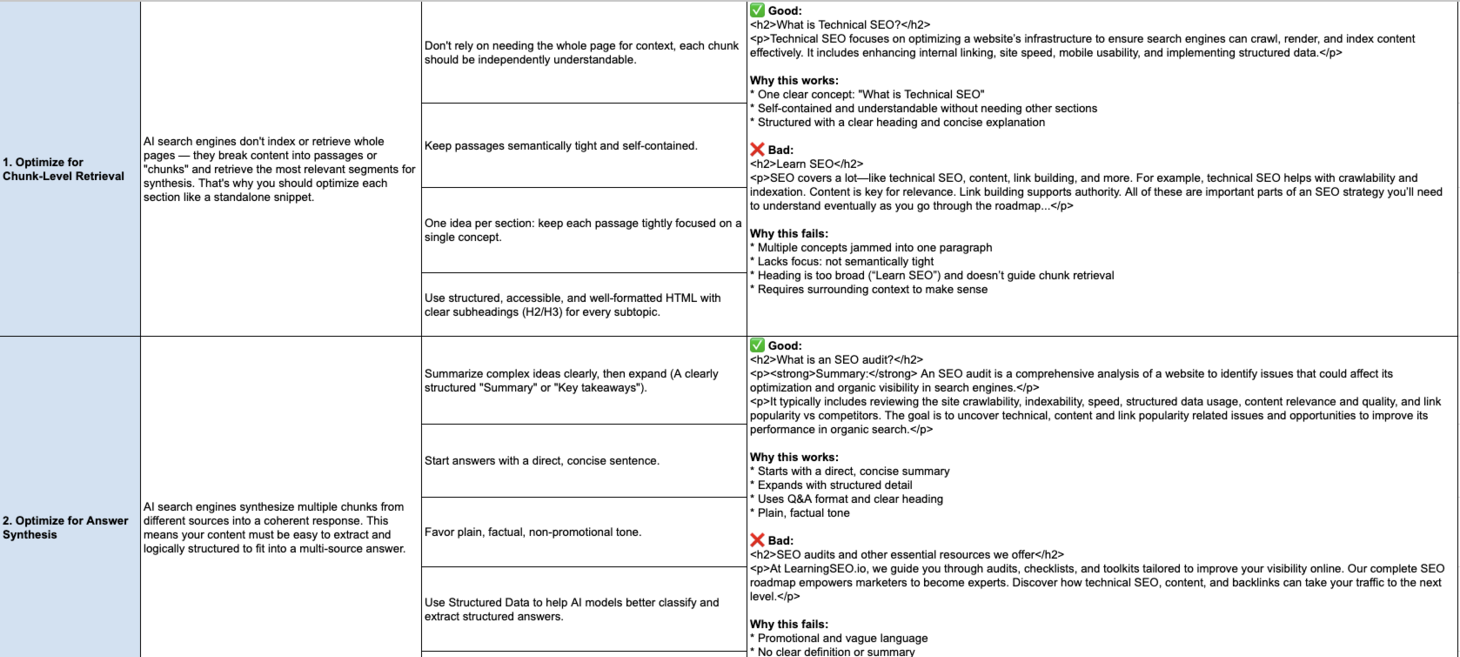
The AI Search Content Optimization Checklist
Although there’s a very high overlap in principles to optimizing for AI vs traditional search, there are certainly differences due to the changes in retrieval style (single-query match with pages vs Query fan-out and content synthesis), optimization target (page content and metadata vs content chunks and factual spans), results presentation (Ranked list of clickable links vs Synthesized answer, citations, summaries), and success metrics (Rankings, CTR, traffic vs Inclusion/visibility in response, citations/mentions), among other areas.
To facilitate actionability, I’ve created an AI Search Content Optimization Checklist, going through the most important aspects to take into account to optimize your content for AI search answers -from chunk optimization, citation worthiness, topical breadth and depth, personalization, etc.-, along with their importance and how to take action, with examples of how to move forward and what to avoid.
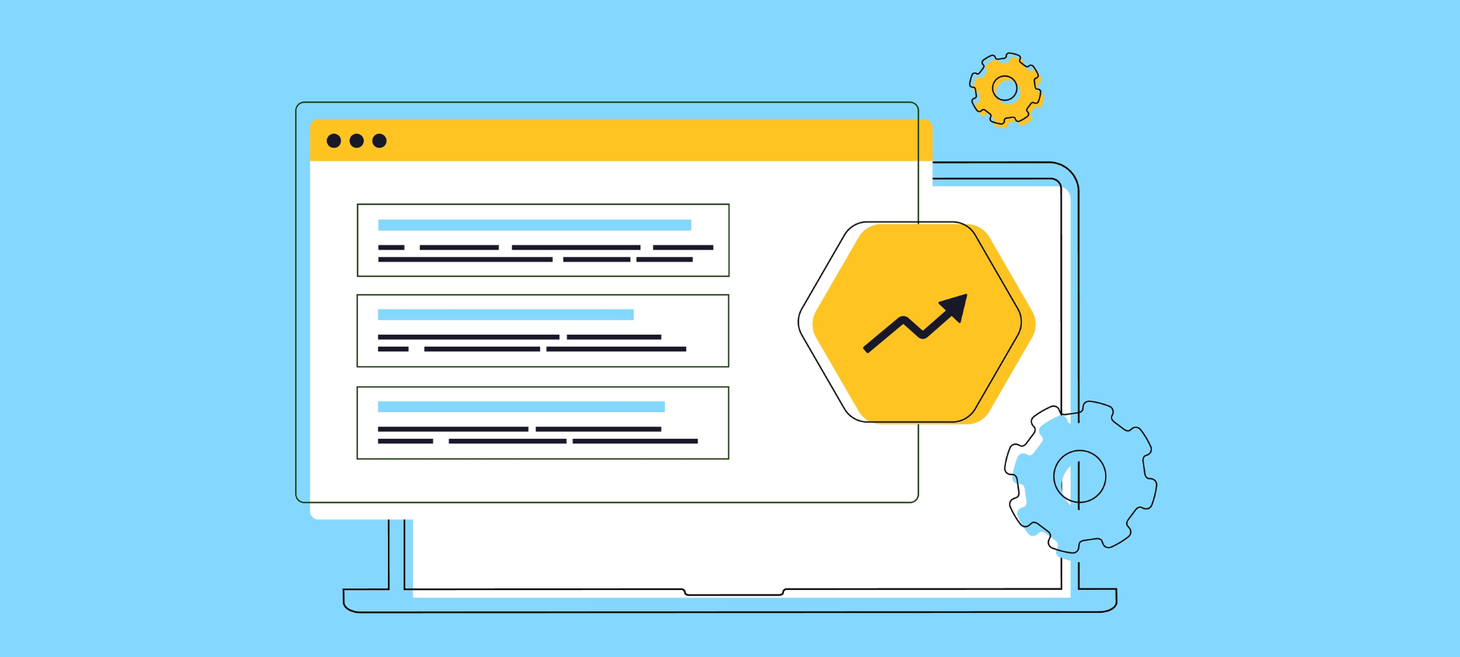
Google changed 76% of title tags in Q1 2025 – Here's what that means
Google changes title tags 76% of the time. That’s a 25% increase from Shepard’s study just two years prior. Among the title tags that were changed, 77% didn’t include the page’s perceived focus keyword. This finding is surprising, as you’d expect pages ranking on the first two pages of search results to include focus keywords in their title tags.
Technical SEO

200 Tips from Tech SEO Tuesdays - Nikki Halliwell - Tech SEO
Tech SEO Tuesdays started as a way to share tips and advice with others in the industry. Posted weekly on LinkedIn, Twitter, and elsewhere, the full list of technical SEO advice can be found here!
I’ve been working in SEO and marketing for 10 years and have dealt with countless website migrations and audits. I’ve certainly encountered my fair share of technical SEO issues, which is why Tech SEO Tuesdays started. There are many tips here that I wish I’d known when I started, as well as others I’ve recently discovered.
There’s always something new in SEO; that’s the beauty of it.

CMS Market Share Trends: Top Content Management Systems (May 2025)
WordPress has dominated the content management system (CMS) space since launching in 2003, and while it’s still the leader, the market is shifting in ways worth paying attention to.
For the first time in its 20-year reign, WordPress’s market share has shown a sustained decline, and competitors like Wix, Squarespace, and Shopify are quietly chipping away at its dominance.
Off-Page SEO

Stop Focusing On Google, It's Time to Focus On Being Visible
Today’s search landscape isn’t just about algorithm updates and being visible on Google. It’s about recognizing that your audience exists across multiple touchpoints from traditional search engines, i.e., from Bing and Google to AI chatbots, from social platforms to specialized marketplaces like Amazon, etc.
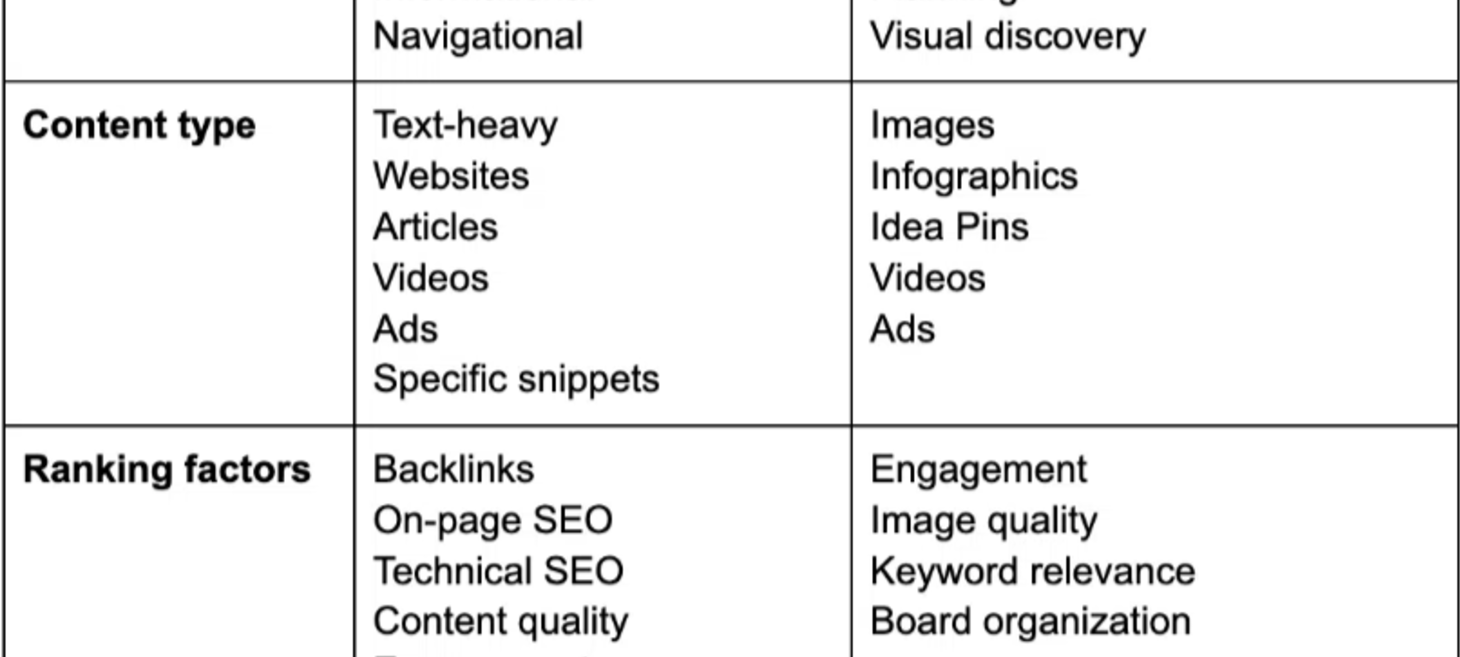
Pinterest SEO: Your guide to brand discovery
Search is evolving, and social platforms are now at the heart of discovery. Pinterest, in particular, has emerged as a powerful visual search engine, driving traffic and engagement for brands, bloggers, and businesses.
Unlike traditional social media, which thrives on conversations and real-time interactions, Pinterest is built for intent-driven discovery – where users actively seek inspiration, ideas, and products. This presents a unique opportunity for search marketers.
Local SEO
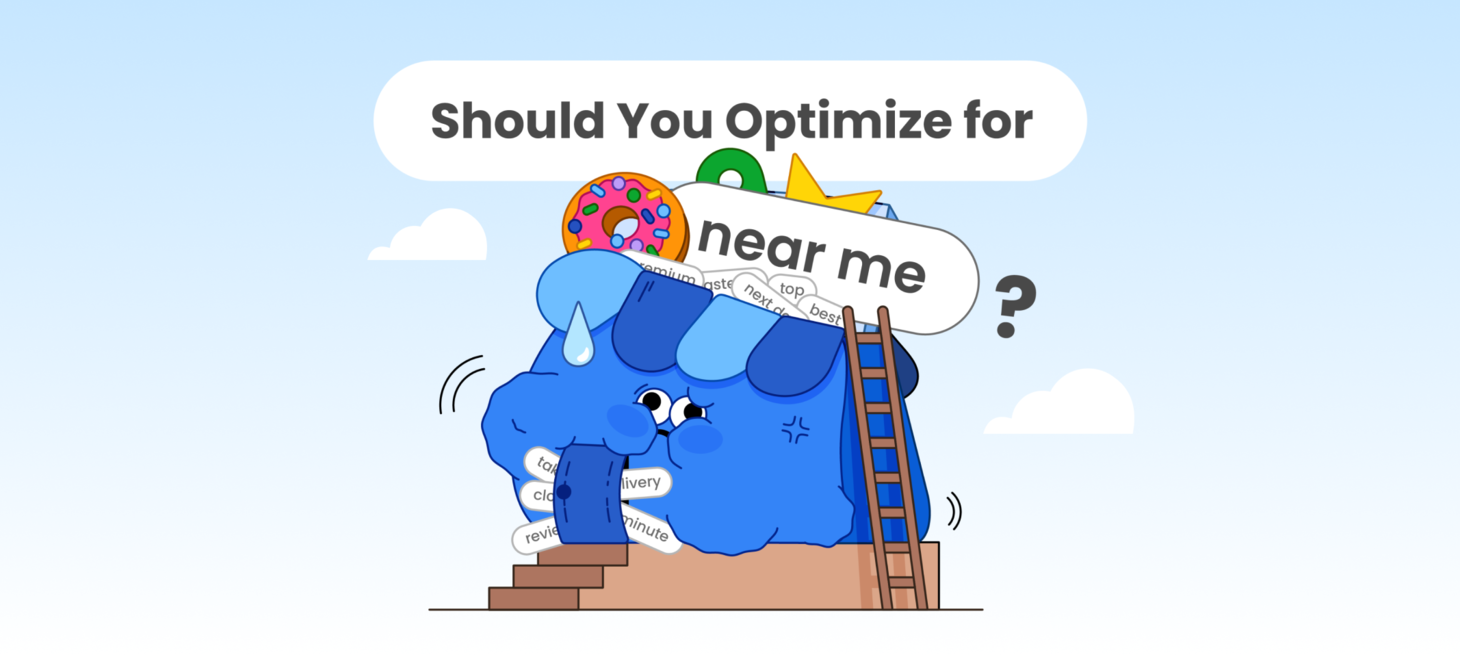
Should You Optimize for ‘Near Me’? - BrightLocal
It can be easy to take some tips too literally—such as cramming ‘near me’ terminology into your web copy. One question that our Customer Service and Local SEO Services teams are most commonly asked is: “Should I optimize my website for ‘near me’ terms?”.
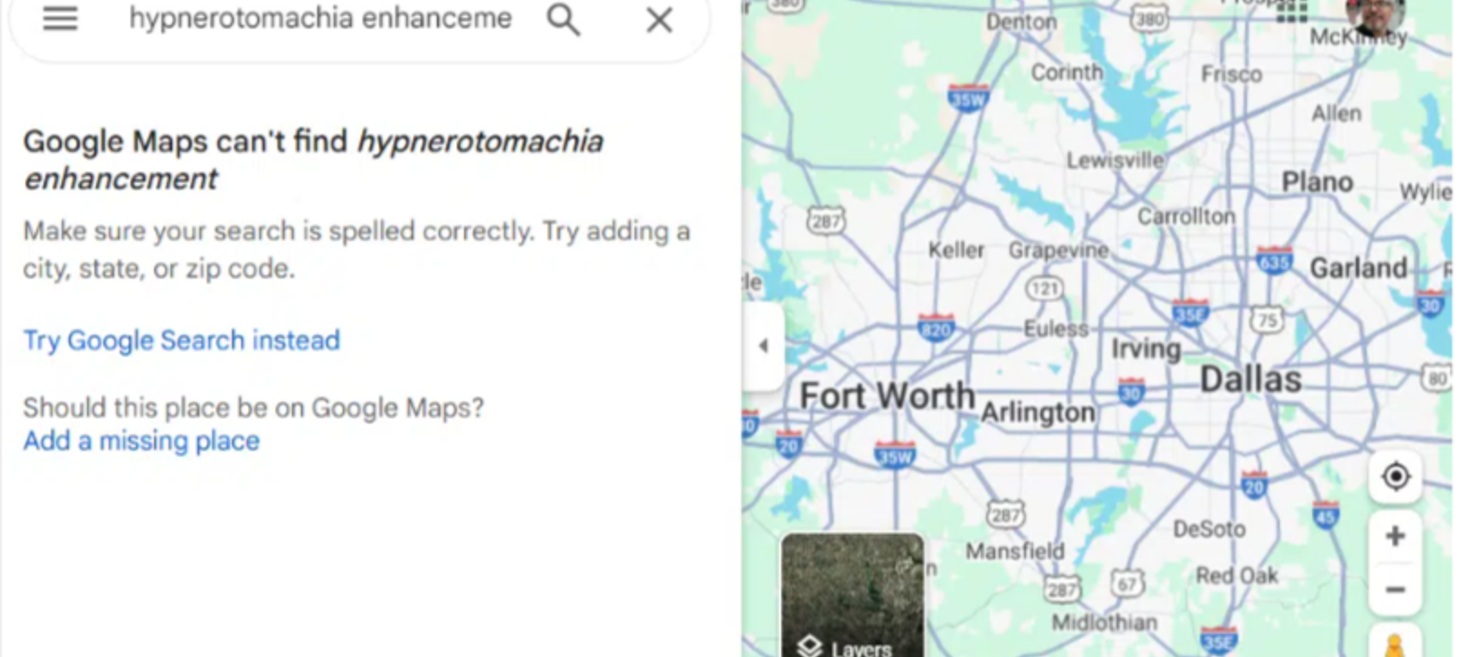
Why website content won't boost your Google Maps keyword rankings
If you’re spending time and money adding keyword-rich content to your website, hoping to improve your Google Maps rankings, you’re wasting resources.
Website content does not influence your visibility in Google Maps – but there are proven strategies that do.
Ecommerce SEO
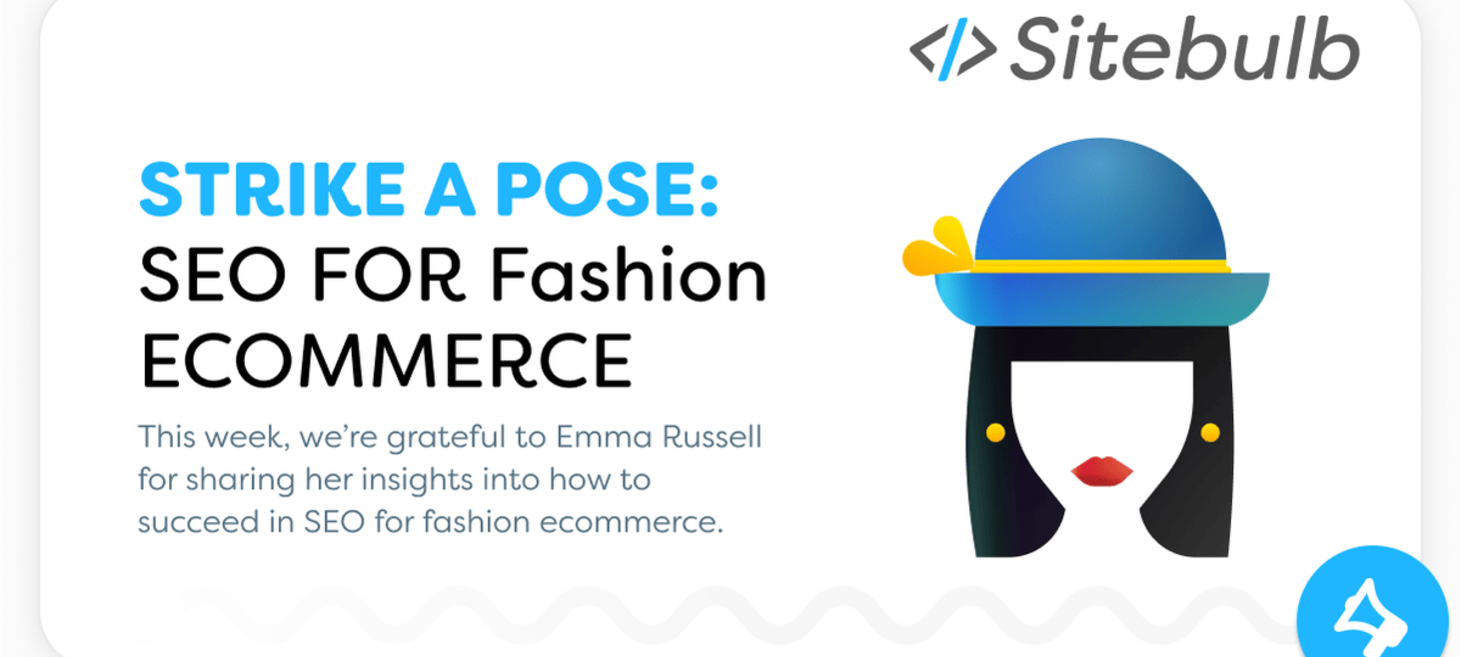
SEO For Fashion Ecommerce: From Seasonality to Local SEO | Sitebulb
When it comes to SEO, there’ll be a lot of actions that are similar no matter the niche you’re in, whether you’re optimising a site that sells garden furniture or a site that provides tooling for investment banks: you’ll want a fast, secure site with great technical foundations and optimised pages targeting your audience so you can meet your audience where they are online.
However, within each niche will be certain idiosyncrasies that mean your focus or tactics have to change slightly to make sure you’re optimising your website in the best way for that specific site in that specific niche. And so today I’m going to look at SEO for fashion ecommerce, specifically.

The future of ecommerce search: Insights from 200+ retailers
The State of Product Discovery in Digital Commerce 2025 report, based on insights from 200+ retailers, reveals how AI-driven search is transforming ecommerce. Conducted by London Research in partnership with Crownpeak, this report reveals how leading brands are:
- Optimizing site search with AI to improve relevance and reduce friction
- Personalizing results in real-time to increase conversions
- Investing in smarter product discovery tools to stay ahead in 2025
Search Engine Advertising (PPC)
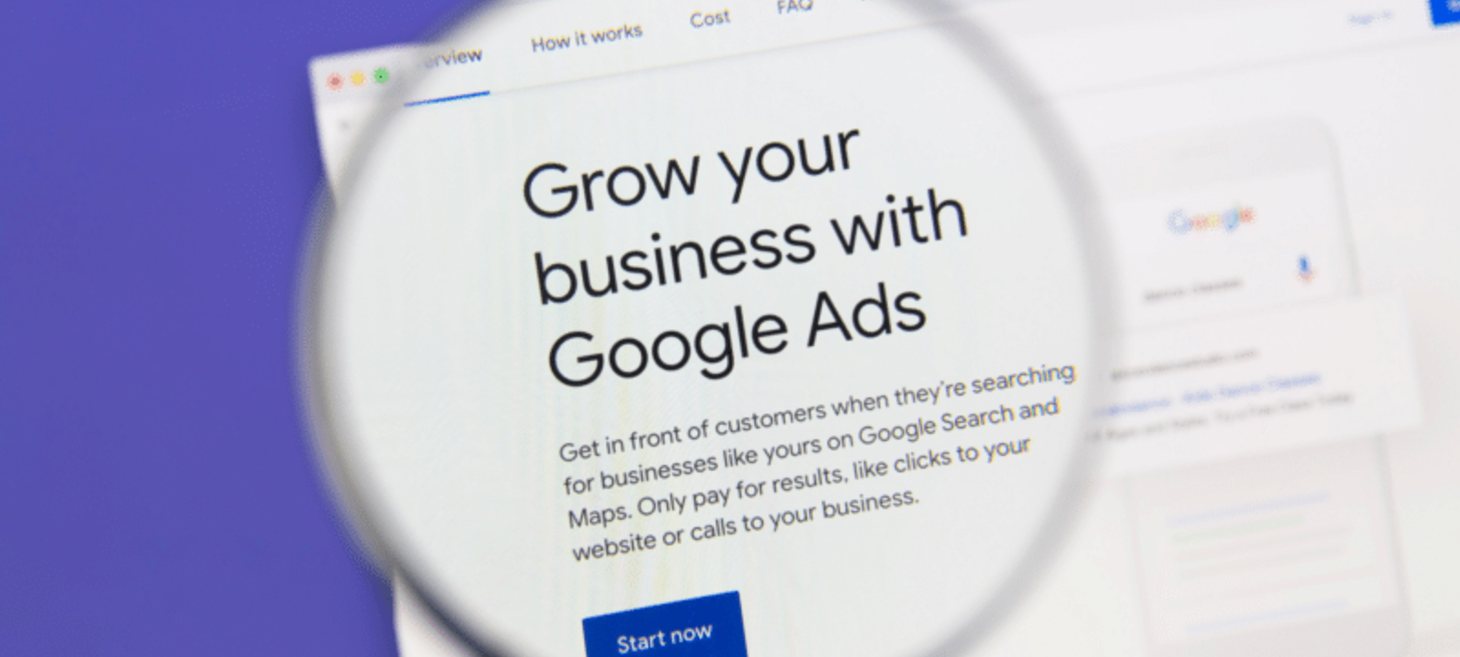
Google Ads best practices: The good, the bad and the balancing act
PPC best practices come from a variety of places. Some of those sources are:
- Google Ads reps.
- The Help Center.
- Official certifications.
- Auto-apply and manual recommendations.
- Ad strength recommendations.
- And even automated assets to an extent.
However, depending on those sources, you could end up with highly different answers. So, how do you know when to apply or be critical of a “best practice”?

Measuring PPC Performance In The Luxury Fashion Space
Managing PPC in this space is super interesting as it requires a shift in thinking away from cookie-cutter ecommerce PPC strategies.
It’s not just a case of the product value being above average, leading to longer, more considered decision-making processes.
Google Ads (Search Network)
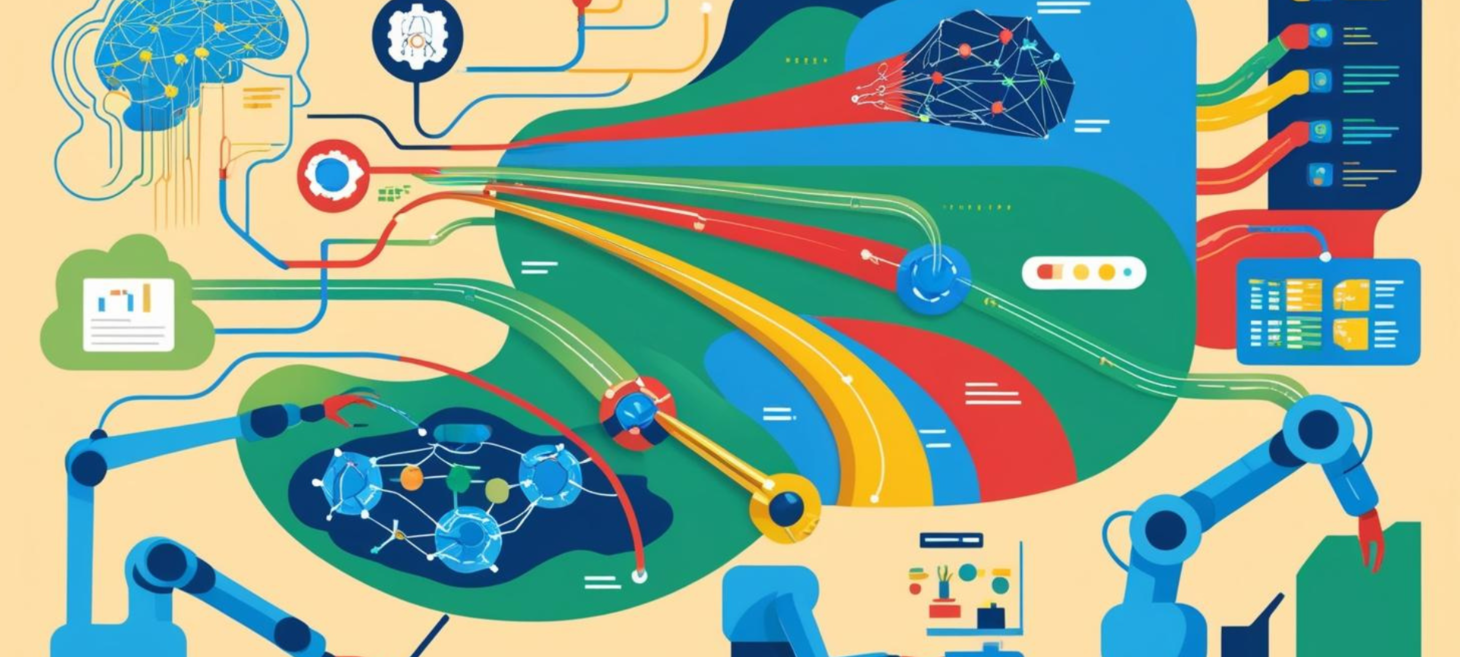
Google unveils Smart Bidding Exploration
Google is rolling out Smart Bidding Exploration. This major update is designed to give advertisers more flexibility – and more conversions – by tapping into previously overlooked search queries. What’s new:
- Flexible ROAS targets. Advertisers (e.g., mortgage lenders) can now broaden their reach beyond narrow, high-intent searches (e.g., “mortgage rates”) to more exploratory ones (e.g., “how to buy a home”).
- Smarter AI. Built on existing AI-powered tools like AI Max, Smart Bidding Exploration helps campaigns capture high-performing searches from new, unique categories.

Localization in Google Ads: How to structure multi-market campaigns
Separate accounts, separate campaigns, or one shared setup? It’s often the first question marketers face when launching Google Ads in multiple countries or languages. The structure you choose lays the groundwork for how well you can:
- Localize ads.
- Manage regional budgets.
- Analyze performance by market.
YouTube Ads
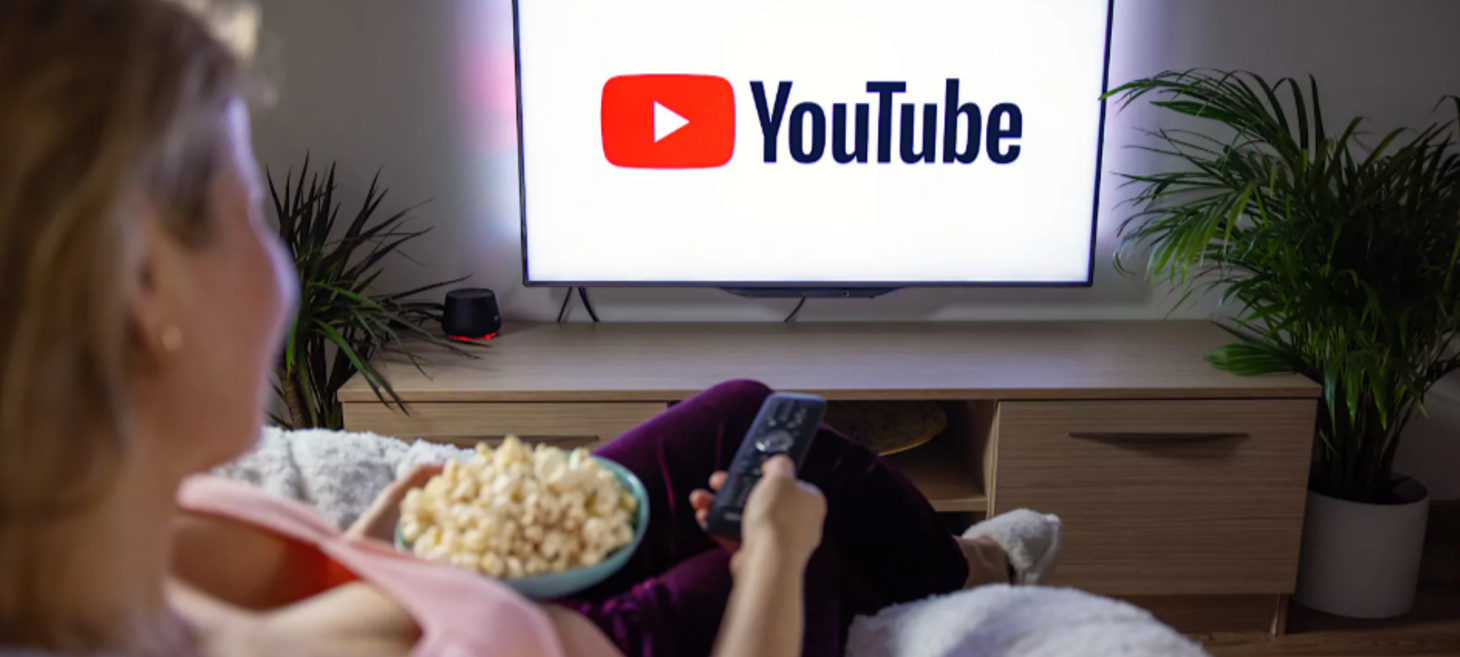
YouTube Dominates TV Streaming: New Opportunities For Marketers
YouTube CEO announces TV screens surpass mobile in U.S. watch time, creating new ad opportunities for marketers.
- YouTube now dominates TV viewing over mobile in the U.S.
- New ad formats include QR codes and pause ads.
- Longer TV watch times enable deeper viewer engagement.

YouTube is revamping mid-roll ad placement
YouTube aims to improve the viewer experience and increase revenue opportunities for creators. How it works:
- YouTube allows creators to manually place ad breaks or let the platform auto-insert them.
- Creators will be able to combine manual and automatic ad placement, with YouTube’s system potentially overriding manual selections if it finds a more natural break.
- The new system aims to improve automatic detection, ensuring better placement while also offering a combined manual and auto option.
- A new feature will flag “interruptive” manual ad slots, allowing creators to adjust them.
Performance Max Campaigns
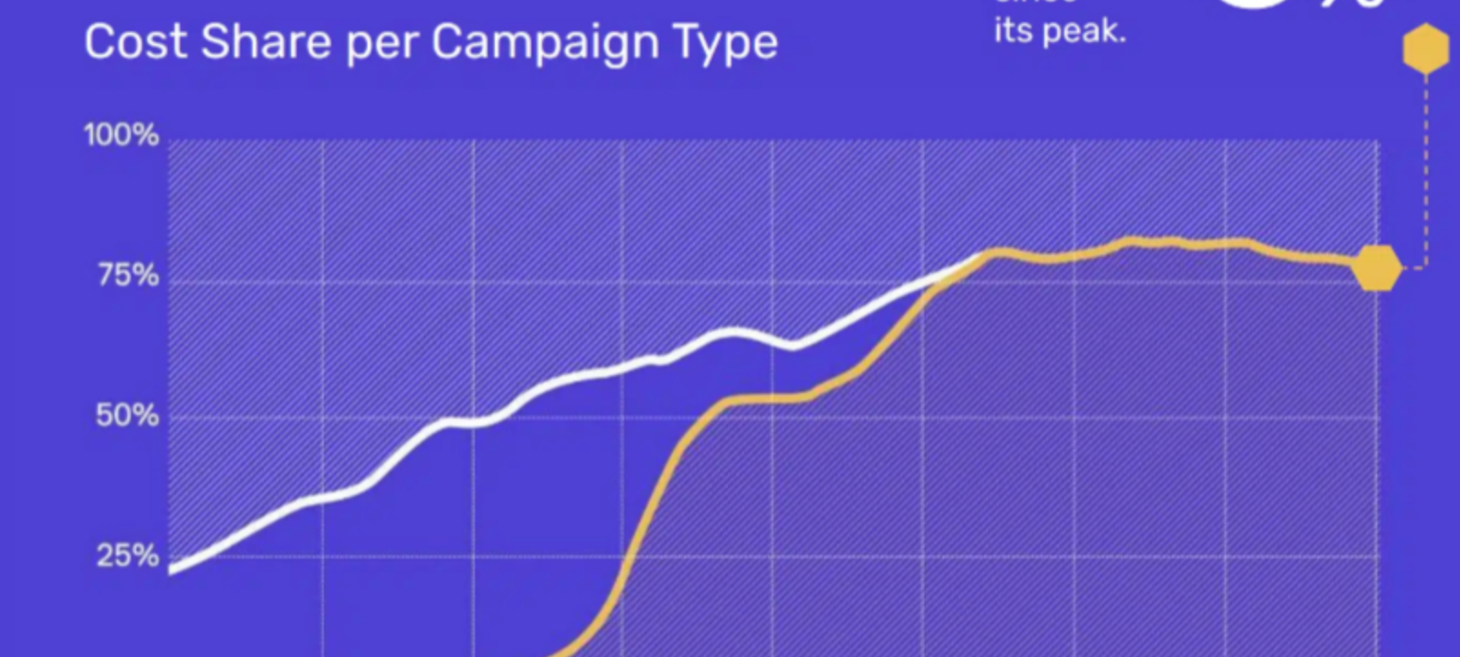
Google Ads for ecommerce is a game of PMax, PMax, Pmax!: Report
Google’s Performance Max (PMax) campaign type has reached its third anniversary. It has evolved from what critics called “an experiment funded by advertisers” into a mature advertising solution that’s reshaping digital marketing across platforms, according to Mike Ryan, head of ecommerce insights at Smarter Ecommerce.
5 ways to get the most from Performance Max in 2025
Since its introduction in 2021, Performance Max has gained traction for its ability to streamline performance marketing, especially for businesses looking to scale efficiently.
However, as the PPC platform’s AI capabilities evolved, so did the demand for more transparency, control, and customization. In 2024, Google responded with significant updates to improve brand safety, creative asset management, and audience targeting – giving advertisers greater insight into how their campaigns perform.
With upcoming enhancements in 2025, including the introduction of brand guidelines, negative keywords, and deeper integration with Google Analytics 4, PMax is expected to be adopted by even more advertisers. These developments aim to give advertisers greater control and improve campaign performance.
Demand Gen Ads
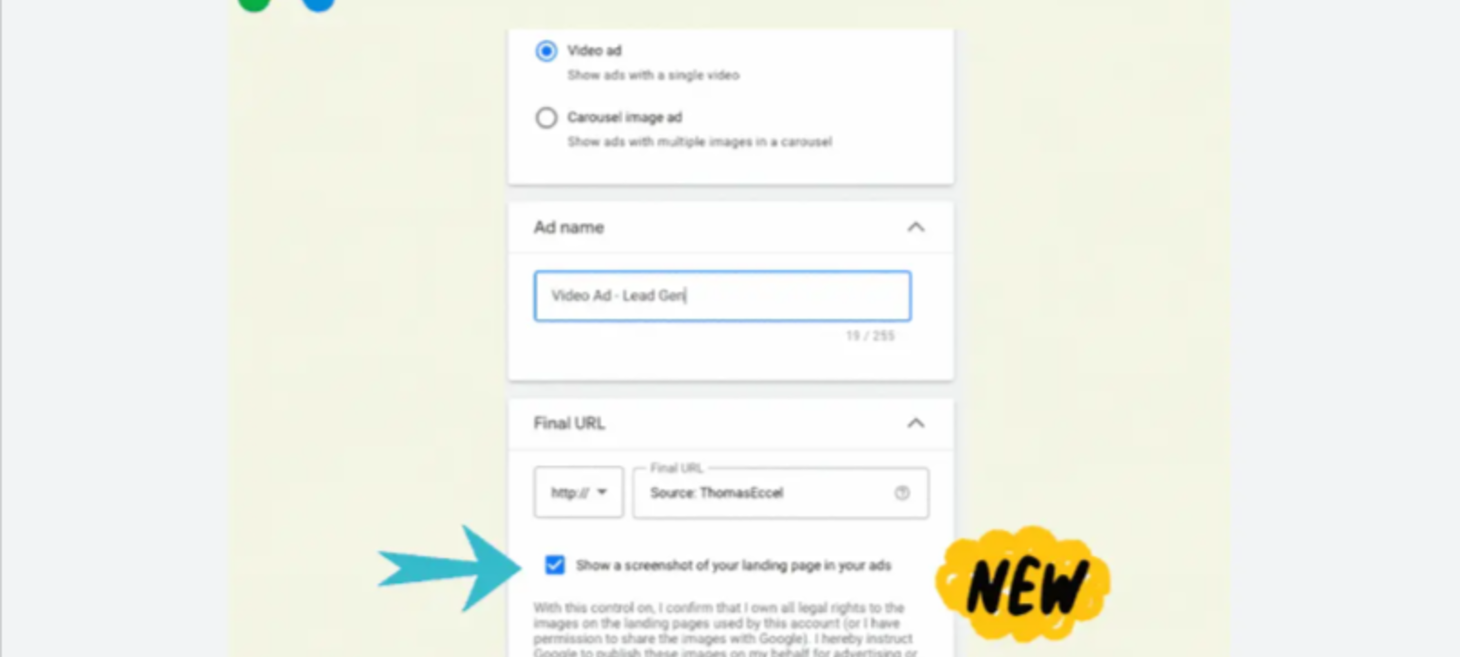
Google Demand Gen ads now feature landing page screenshots
Google now lets you automatically add screenshots of landing pages in Demand Gen campaigns. This new feature is designed to boost engagement.
The feature appears as a checkbox option labeled “Show a screenshot of your landing page in your ads” and is reportedly enabled by default for some advertisers.
Google Ads expands Checkout on Merchant to Demand Gen campaigns
Google's expanded feature brings streamlined purchasing to Demand Gen campaigns on YouTube, potentially increasing conversion rate.
Previously available only for Performance Max campaigns and organic shopping results, this update brings the streamlined checkout experience to more advertising channels.
Search Behaviour

Google AI Overview Study: 90% Of B2B Buyers Click On Citations
New research suggests 90% of B2B buyers click through to cited sources. Here's how this could reshape your approach to content visibility.
- New research suggests most B2B buyers click on sources cited in Google's AI Overviews.
- This finding contrasts with industry concerns about declining click rates.
- The study shows search traffic patterns are changing, not disappearing.
Generative AI use surging among consumers for online shopping: Report
Traffic from generative AI surged to U.S. retail sites over the holiday season and that trend has continued into 2025, according to new Adobe data.
Between Nov. 1 and Dec. 31, traffic from generative AI sources increased by 1,300% compared to the year prior (up 1,950% YoY on Cyber Monday). This trend continued beyond the holiday season, Adobe found. In February, traffic from generative AI sources increased by 1,200% compared to July 2024.
The percentages are high because generative AI tools are so new. ChatGPT debuted its research preview on Nov. 30. 2022. Generative AI traffic remains modest compared to other channels, such as paid search or email, but the growth is notable. It’s doubled every two months since September 2024.
Content Marketing
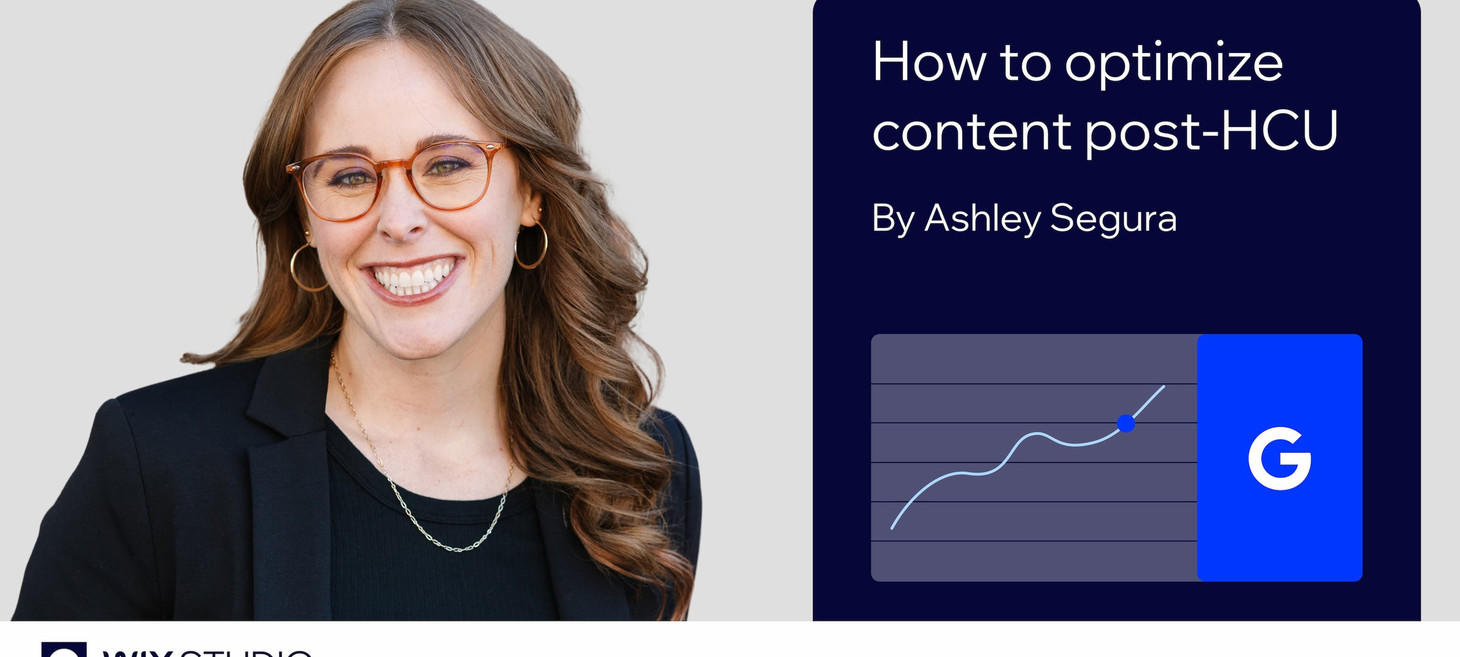
How to optimize content after Google’s Helpful Content Update
A lot has happened since Google’s Helpful Content Update (HCU) back in 2022, causing publishers and brands to rethink how they approach content. Some websites lost so much traffic they closed their digital doors. While other brands, like Reddit, saw huge traffic increases.
And for the rest of us? It’s been a rollercoaster of algorithm updates, strategy pivots, and endless debates over what helpful content really is.
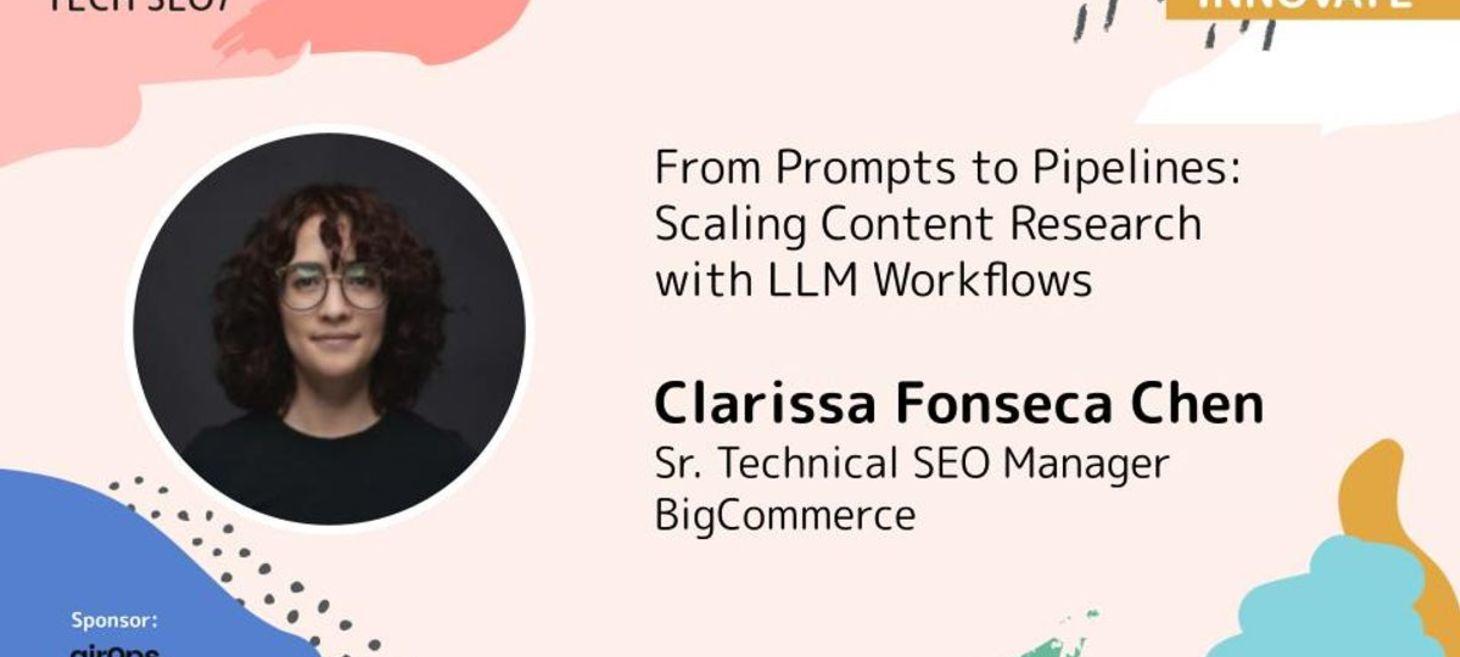
From Prompts to Pipelines: Scaling Content Research with LLM Workflows
When I first started experimenting with AI for content operations, my default approach was prompting: ask a question, refine the response, rinse, repeat. It worked well enough for quick drafts or brainstorming sessions, but it didn’t take long to notice the limitations: outputs were inconsistent, sometimes outdated, and rarely reusable.
So, I moved on to create custom GPTs. While these were reusable, I was still using a significant amount of time piecing together outputs and verifying accuracy.
I realized the real unlock wasn’t just learning to “prompt smarter.” It was learning how to build workflows that made research more relevant, repeatable, and more connected to how I actually work. Instead of stitching tools together manually, I was building an AI-powered pipeline that could support my day-to-day process. All this without starting from zero every time.
I want to share the nuggets of knowledge I gained and how they shaped my new approach to leveraging AI.
Reviews & Reputation Management
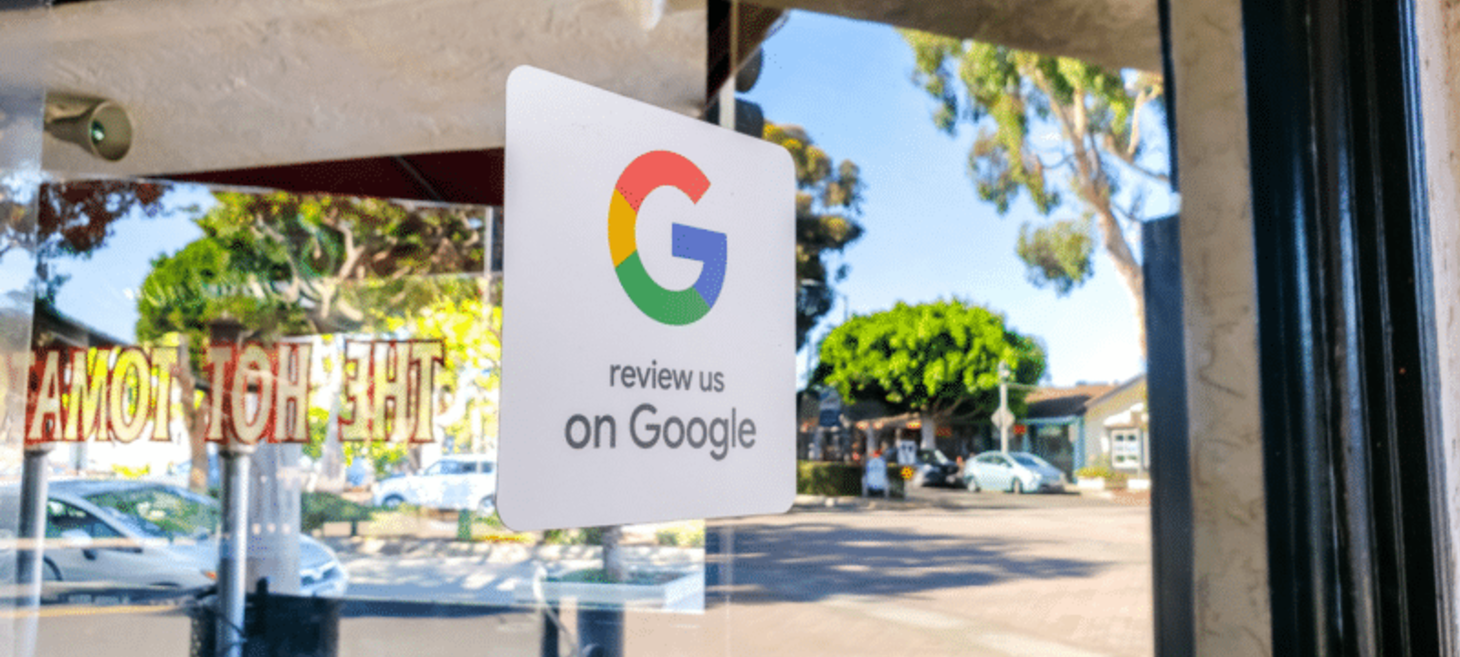
Why Google reviews will power up your local SEO in 2025
A strong Google review strategy is one of the most effective – and accessible – ways to boost your local SEO.
Unlike other ranking signals that may feel out of reach, reviews are something business owners can actively influence. And their impact is only growing.
Google reviews play a major role in map pack rankings, and yet many businesses still underestimate just how much they matter.
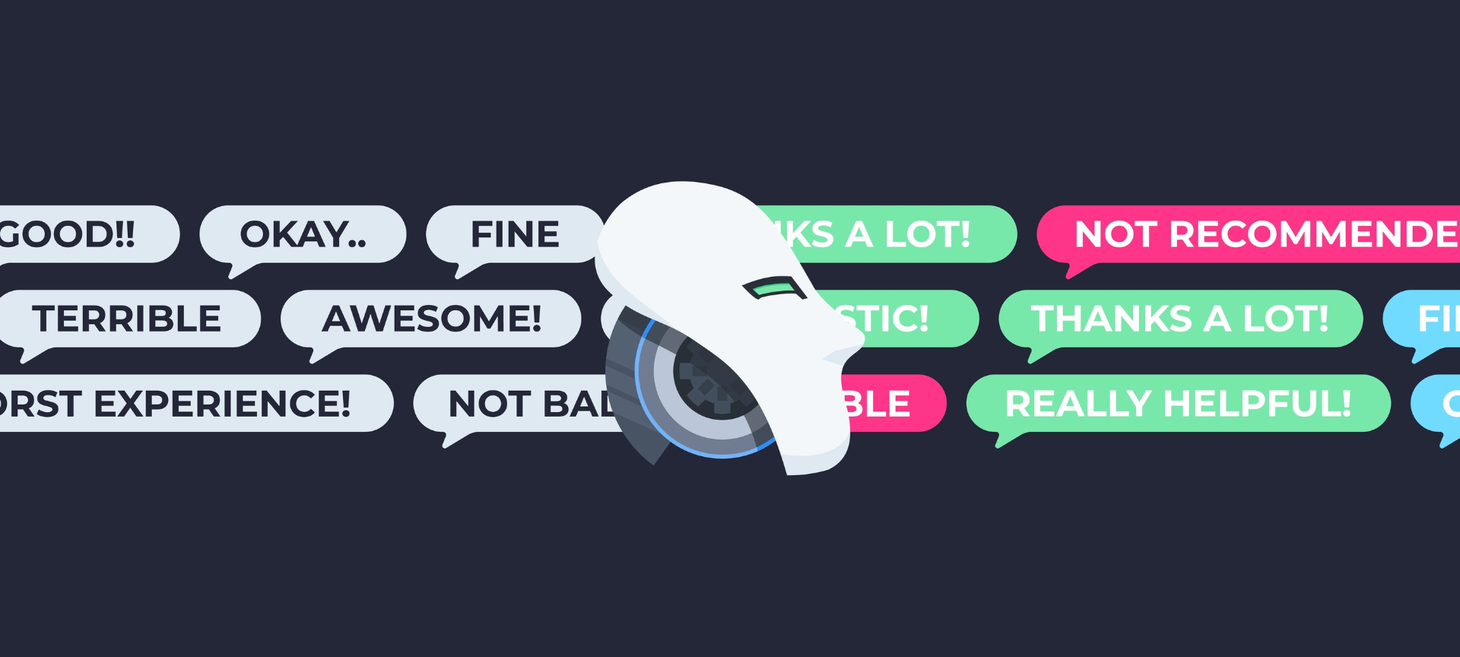
How AI changes how we respond to negative reviews and comments
Negative reviews are more visible than ever. They can shape how thousands of potential customers see your brand.
Responding to that kind of feedback has traditionally been a manual, time-consuming task, requiring emotional nuance and a strong grasp of brand voice. Now, artificial intelligence (AI) is changing that.
With smarter tools and more human-like language capabilities, brands can respond faster, more consistently, and with greater empathy.
Analytics & Reporting
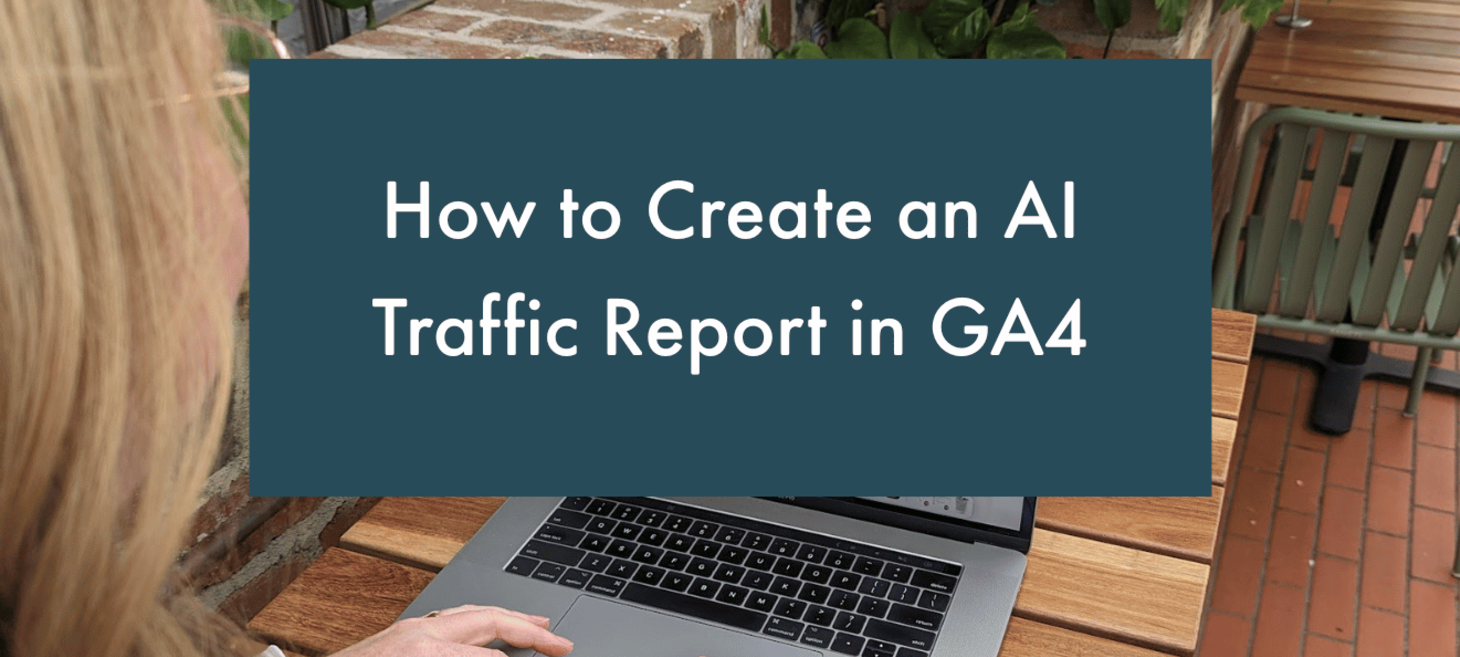
How to Easily Create an AI Traffic Report in GA4
AI isn’t going away, in fact it is picking up momentum and we’d be silly to think it won’t impact how people search for businesses online. Here at GCD, we want to be as proactive as possible, so to start to understand AI Traffic coming to our websites we have put together a super easy AI Traffic Report in GA4 (Google Analytics).

How To Write SEO Reports That Get Attention From Your CMO
We’ve all been there. You spend weeks optimizing content, fixing technical issues, and building quality links – only to have your client skim through your report and ask, “But how is this affecting our bottom line?”
And they’re right to ask. As experienced SEO managers, we need to move beyond traffic numbers and keyword rankings.
Your clients don’t care about impressions or even clicks if they can’t see how those metrics translate to actual business results.
Thought Pieces
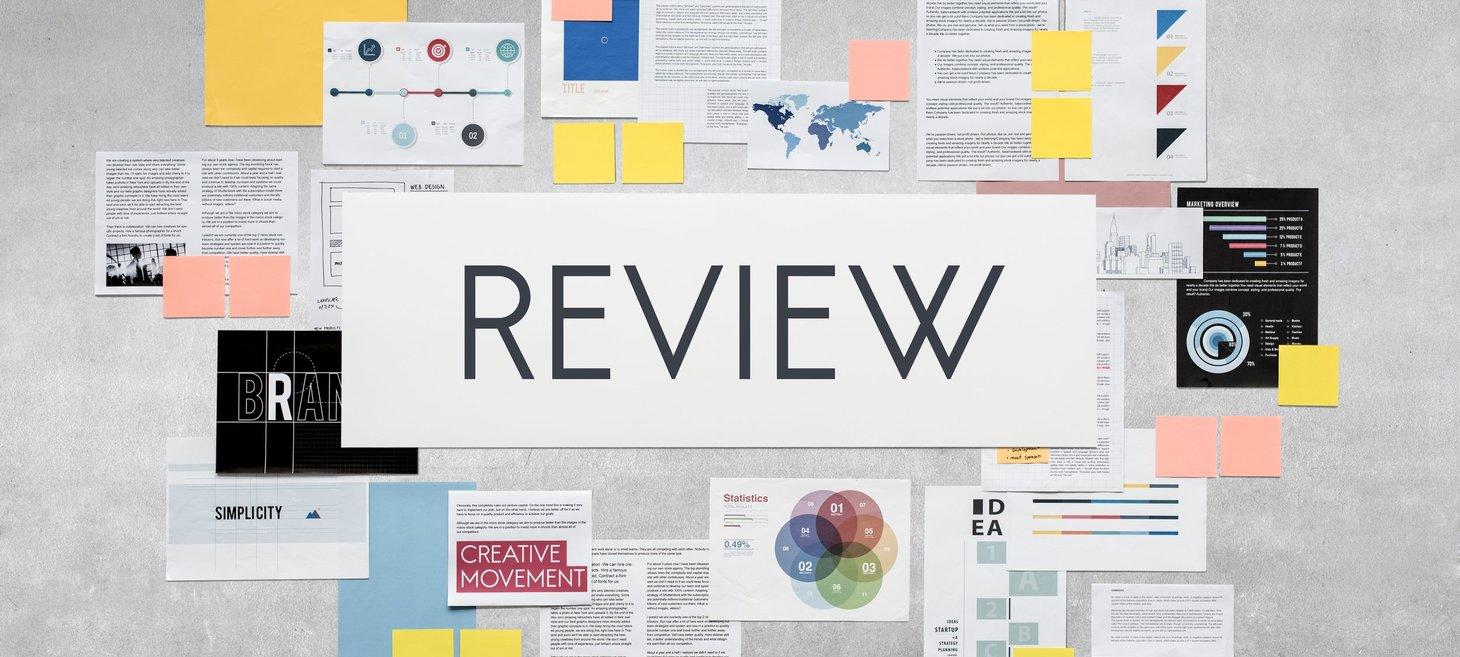
Are You Delivering What You Say You Will? Marketing & Sales Governance
Are you a leader who is always looking forward at your ‘things to do’ list? There’s a mountain to climb, so many things to do, not enough time or people to make it happen?
You and your team may even have a plan. You have committed to the tasks you need to do, but things keep getting in the way; things slip and another month goes by…..
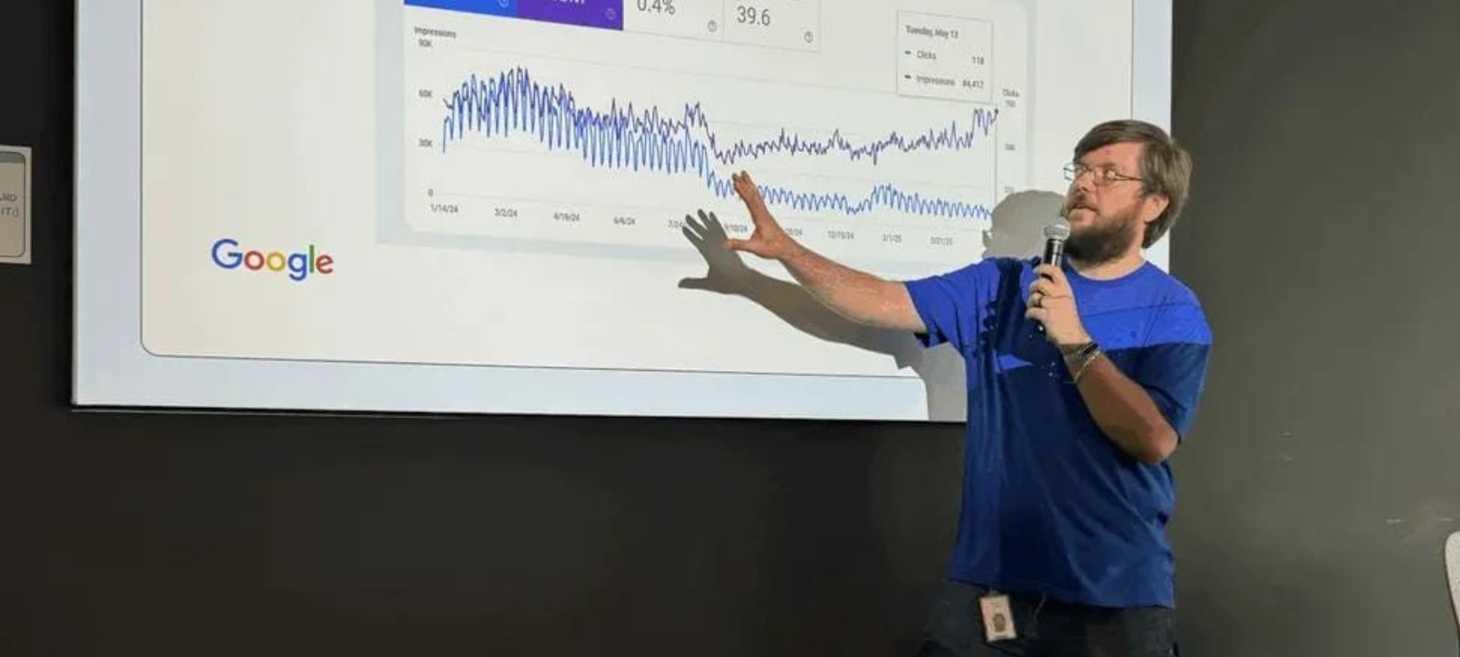
Google Lunges and The Great Decoupling
The great decoupling is a traffic pattern that was named by Darwin on twitter, where impressions increase (rejoice everyone!) while clicks decrease, due to AI Overviews appearing in SERPs.
The name is probably inspired by the great recession. So pun totally intended. Google has claimed on multiple occasions that AI Overview bring value to websites.
